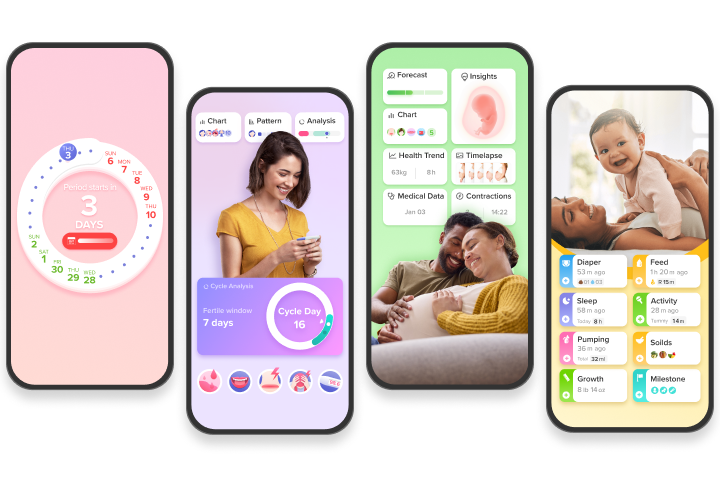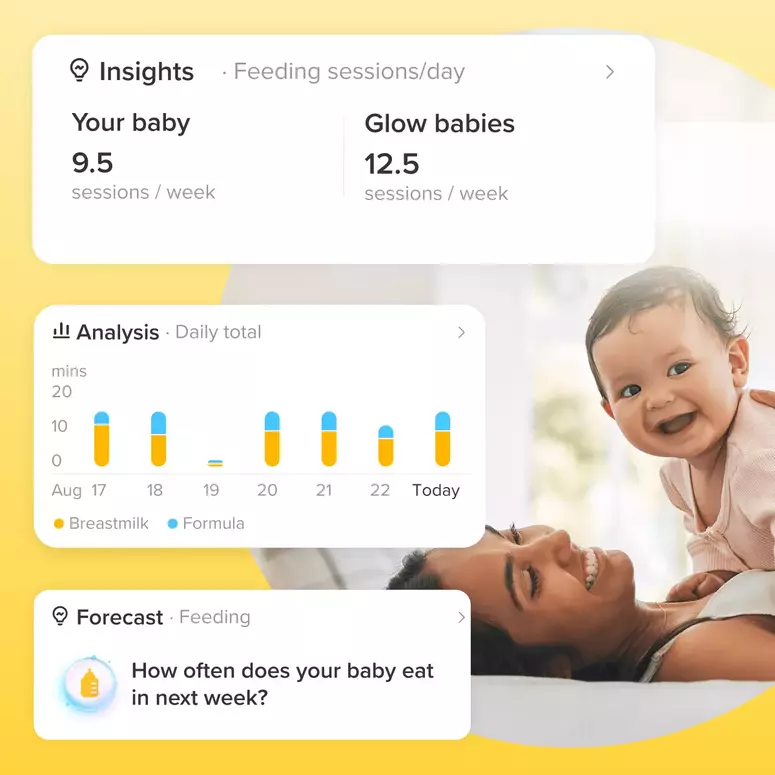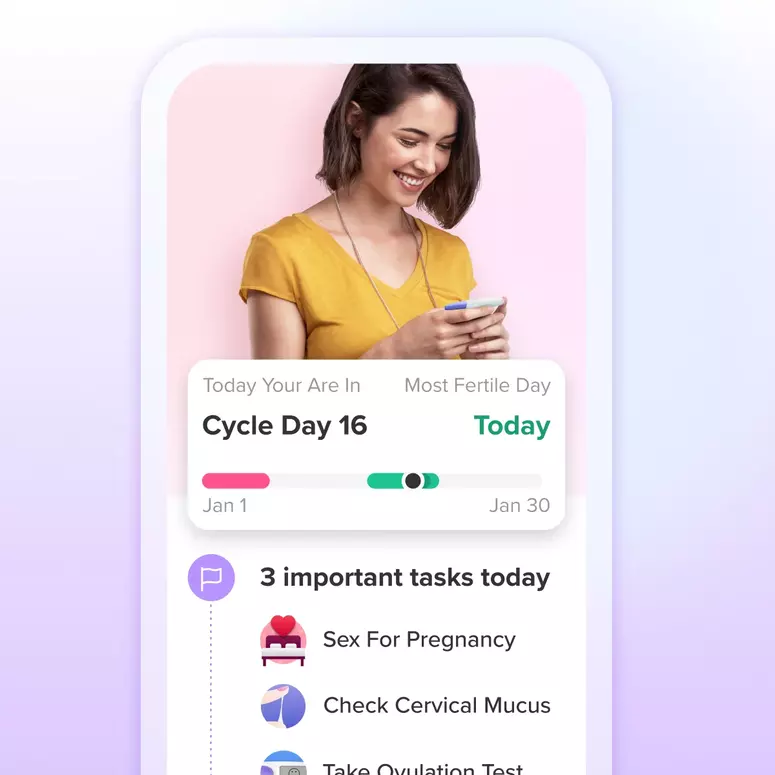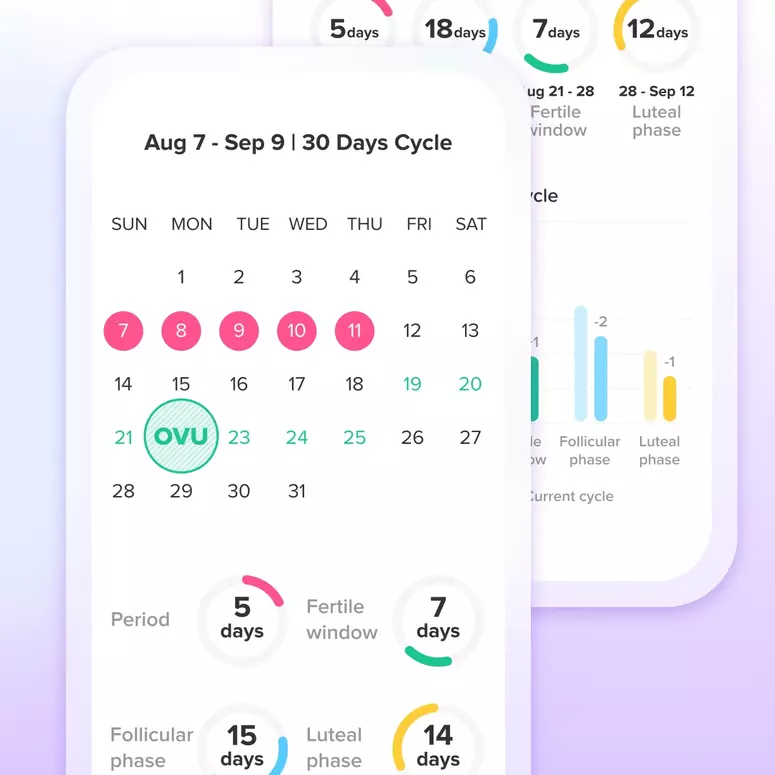Unhealthy Sleep Habits Part One: Putting Baby To Bed Asleep

Picture this: you fall into bed beside your partner after a long day and fall quickly asleep. A few hours later, you wake up and find yourself alone in the kitchen. Would you turn over and go back to sleep or freak out that somehow you fell asleep next to someone in one location and woke up alone in another?
This is what a baby goes through when they fall asleep in your arms and then wake up in their crib. Their sleeping environment has changed unexpectedly and dramatically while they were asleep and now sleep becomes a time of unpredictable occurrences, adding another layer of anxiety to the nights. This is why your baby wakes up 45-60 minutes (length of one infant sleep cycle) after you ever so delicately transfer him from your arms to the crib. Instead of coming out of one cycle, looking around and realizing that everything is as it should be and falling back asleep, they notice everything changed while they were sleeping and they are startled into crying out for the last thing they remember before falling asleep: you.
We want baby’s crib to be a place of comfort and predictability, one that your little one feels comfortable falling asleep in because they know that the place they go to sleep in will be exactly the same when they wake up. Your little one can rest easy knowing that nothing is going to suddenly change while they are asleep if you put them to bed awake, allow them to take in their environment as they drift off to dreamland, and keep that sleeping space free of sleeping props that change, such as mobiles and music machines that turn off at some point. (See Unhealthy Sleep Habits Part Two: The Danger of Sleep Props)
By Hannah Mira, Founder of Bonsoir Bebe Sleep Consulting
Achieve your health goals from period to parenting.




